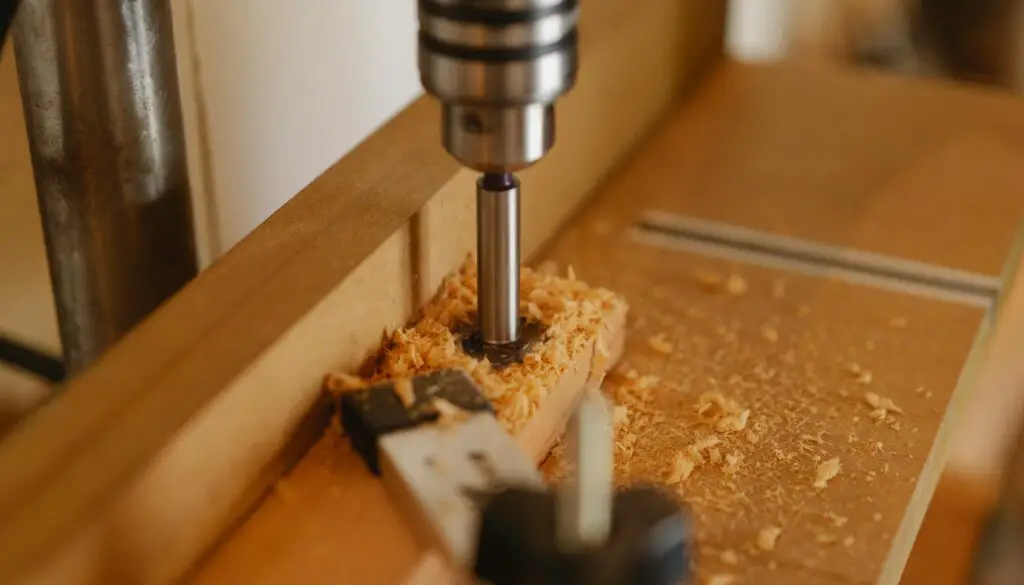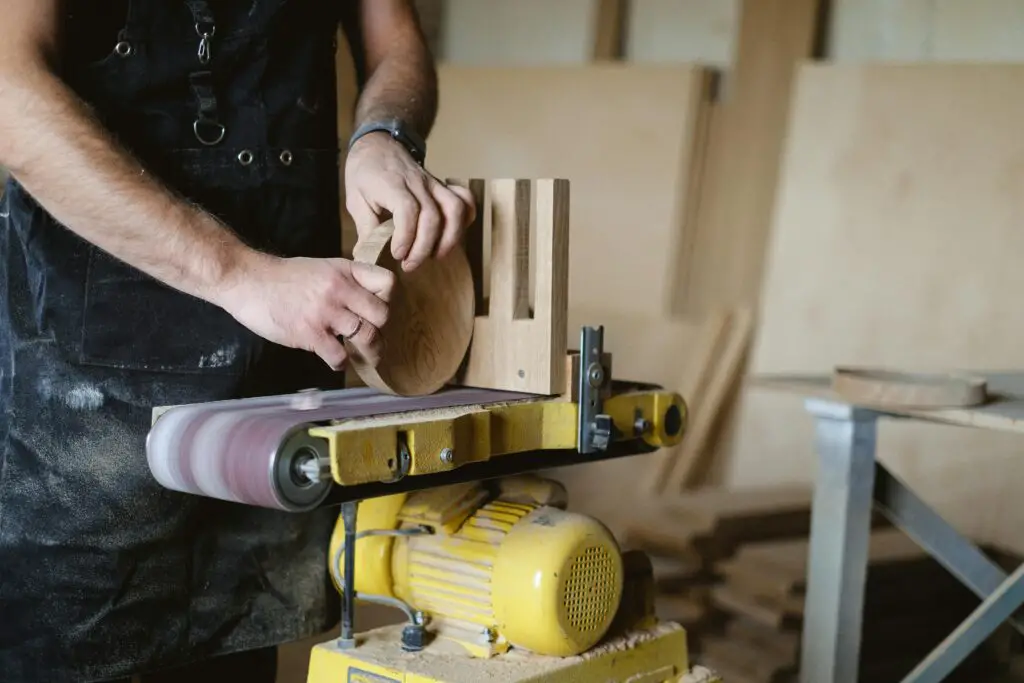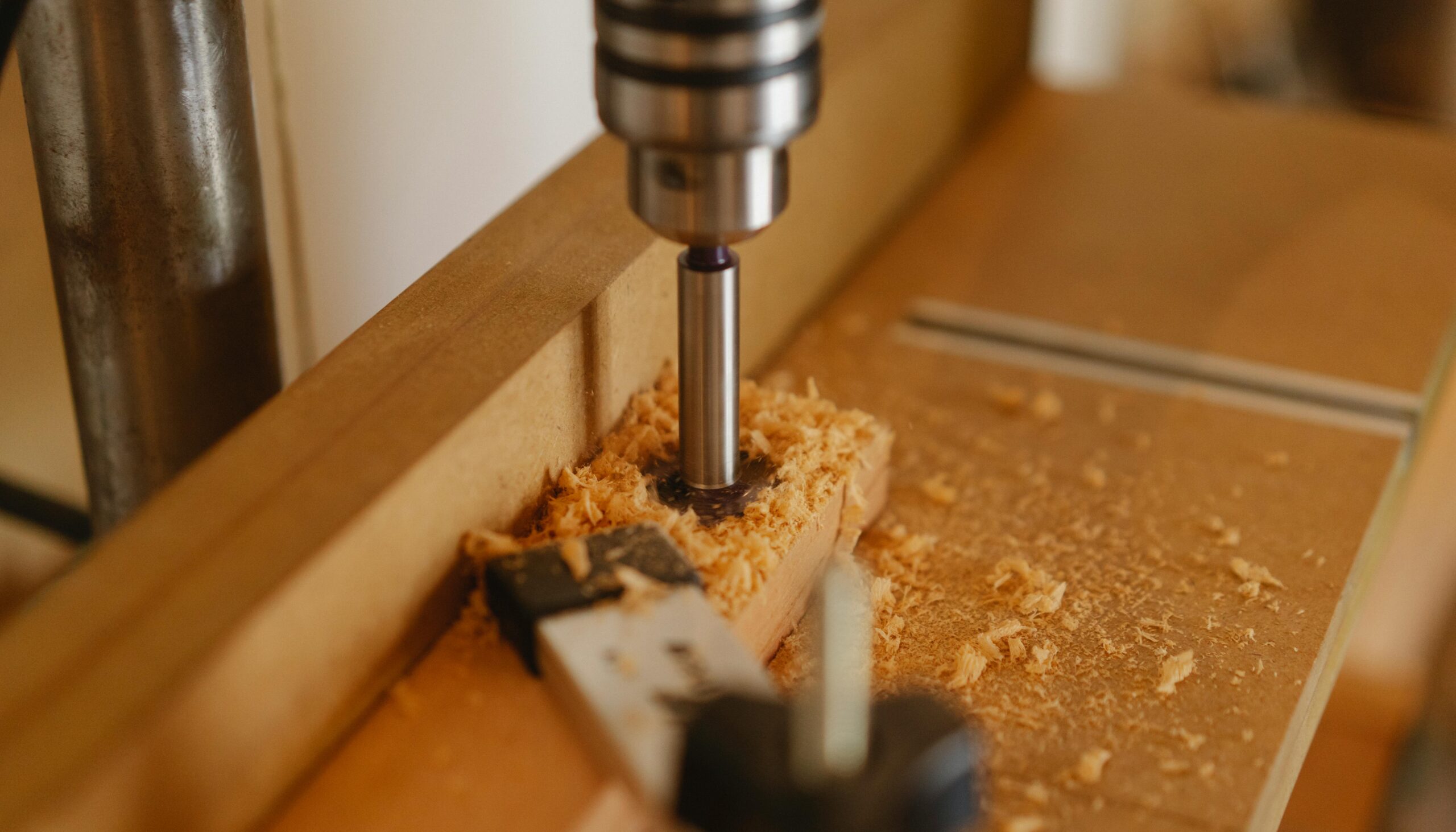Lathe vs Router: Your Ultimate Beginner’s Guide to Choosing the Perfect Tool
Are you torn between using a lathe or a router for your next woodworking project? Don’t worry, we’ve got you covered! In this article, we’ll break down the pros and cons of each tool so that you can make an informed decision based on your specific needs.
Key Takeaways:
- Lathe: Great for creating rounded shapes and curves.
- Router: Ideal for intricate designs and precise cuts.
- Lathe: Can handle larger pieces of wood than a router.
- Router: Offers more versatility with different bits and attachments.
- Lathe: Requires more space and is typically louder than a router.
Lathe Vs Router: Which Tool Is Best For Woodworking?
When it comes to woodworking, choosing the right tool for the job is crucial. Two popular options are lathes and routers, but which one is best? Let’s break it down:
The Lathe:
• Perfect for creating symmetrical shapes like bowls or table legs
• Utilizes spinning wood to shape it with chisels and gouges
• Can create intricate designs with a steady hand
The Router:
• Ideal for making precise cuts and edges
• Uses a spinning bit to remove material from the wood
• Comes in handy for adding decorative details or joining pieces together
So, which one should you choose? It really depends on what you’re trying to accomplish. If you want to make round shapes or turnings, go with a lathe. But if you need clean edges or intricate details, a router might be your best bet.

Difference Between Lathe And Router
When it comes to woodworking, lathe and router are two of the most popular tools. While they may seem similar at first glance, there are actually quite a few differences between the two. Here’s a breakdown of what sets these woodworking machines apart:
Basics:
A lathe is used for shaping wood by turning it against a cutting tool.
A router is used for cutting into wood using a spinning bit.
Uses:
Lathes are great for creating round shapes like table legs or bowls.
Routers excel at creating detailed edges and intricate designs.
Limitations:
Lathes can only work with symmetrical shapes.
Routers struggle with larger pieces of wood and can’t handle as much material removal as lathes.
| Lathe | Router |
|---|---|
| Ideal for symmetrical shapes | Versatile tool |
| Smooth finish quality | Precise cuts and accurate designs |
| Limited functionality | Can handle complex projects |
| Easy to use once learned | Requires some skills and experience |
Lathe vs Router: Which One Is More Versatile?
When it comes to woodworking, the Lathe and Router are two of the most popular tools out there. But which one is more versatile? Well, let’s break it down!
The Lathe:
- Looks like a spinning top on steroids.
- Makes round things from square things.
- Comes in various sizes and shapes.
The lathe is great for creating intricate designs on furniture legs or turning a block of wood into a bowl. It’s perfect for creating symmetrical pieces that require precision and attention to detail. The lathe can handle a variety of materials including wood, metal, and plastic making it a valuable tool in any workshop.
The Router:
- Looks like a power drill on steroids.
- Cuts grooves, patterns, & shapes into wood.
- Comes with interchangeable bits for different cuts.
The router is an incredibly versatile tool that can create complex patterns or simple grooves with ease. With its wide range of interchangeable bits, the router can be used to create everything from dovetail joints to decorative edges on furniture pieces. It also has the advantage of being able to work with many types of material such as wood, plastic, and even aluminum.

Which One Is Safer to Use?
When it comes to safety, both lathe and router have their own set of risks. However, if you are a beginner, the lathe might be more dangerous as it requires more skill and experience to operate safely. The spinning motion of the lathe can cause serious injuries if not handled properly.
On the other hand, routers are relatively safer to use because they do not require as much precision and control as lathes. Although the blade of a router spins at high speeds, it is typically encased in a protective housing that minimizes the risk of accidental injury. That being said, it is still important to exercise caution while using either machine.
To stay safe while working with power tools like lathes or routers, follow these tips:
- Wear appropriate safety gear such as goggles, gloves and earplugs
- Avoid wearing loose clothing or jewelry that could get caught in the machine
- Always read and follow the manufacturer’s instructions for operating the tool
- Maintain a clean and organized workspace to minimize tripping hazards
- Never leave the machine running unattended
Can a Lathe Do Everything That a Router Can Do and Vice Versa?
When it comes to woodworking, both lathe and router have their own unique features and advantages. However, can they do everything that the other tool can do? Let’s find out.
A lathe is a great tool for creating rounded shapes and turning wood pieces into beautiful decorative items. It can also be used for drilling holes or making intricate designs on the surface of wooden objects. However, a lathe might not be suitable for all types of woodworking projects. For example:
- A lathe cannot create flat surfaces or make precise cuts on narrow edges.
- A lathe cannot cut through metal or plastic as effectively as a router.
On the other hand, a router is an incredibly versatile tool that can handle a wide range of woodworking tasks. Whether you want to make straight cuts, curves, or complex patterns on different materials, a router can get the job done with ease. Here are some things that a router can do:
- A router can create precise joints and grooves for furniture-making.
- A router can cut through different materials including metal sheets and plastics.
- A router can create intricate designs on wooden surfaces using various bits and attachments.
What Are the Advantages of Using a Lathe over a Router?
When it comes to woodworking, choosing the right tool can make all the difference. While both a lathe and a router can be used for shaping wood, there are some clear advantages to using a lathe over a router.
Firstly, lathe allows you to create symmetrical shapes with ease. Unlike routers that move in one direction, lathes allow you to turn your workpiece on an axis and shape it evenly from all sides. This makes them ideal for creating round or cylindrical objects such as spindles, bowls, and table legs.
Secondly, lathe offers greater precision and control. By adjusting the speed of the spindle and the angle of the cutting tool, you can achieve precise cuts with minimal effort. Additionally, lathes offer more flexibility in terms of the size of your workpiece – they can handle larger pieces than most routers.
Finally, lathe offers more versatility in terms of materials. While routers are primarily used for working with wood, lathes can also be used for metalworking and other materials like plastics or ceramics. This means that if you’re interested in working with multiple materials or experimenting with new techniques, a lathe may be a better choice than a router.
What Are the Disadvantages of Using a Router over a Lathe in Woodworking?
When it comes to woodworking, choosing between a lathe and a router can be a tough decision. While routers can be versatile and useful in many situations, there are some disadvantages to using them over lathes for certain projects. Here are some of the main drawbacks to consider:
- Limited shaping options: Routers are great for creating straight or curved edges, but they don’t offer the same level of versatility when it comes to shaping wood into more complex forms.
- No rotational movement: Unlike lathes, routers don’t spin the workpiece around its axis. This means that you’ll need to move the router manually to shape different parts of your project, which can be time-consuming and less precise.
- Messy: Routers create a lot of sawdust and debris when in use. Without proper dust collection systems in place, this can make for a messy workspace that’s difficult to clean up.
Of course, there are also plenty of situations where a router might be the better choice for your woodworking needs. Whether you’re looking for precision cuts or want to add intricate details and designs to your projects, routers can be an invaluable tool in your arsenal. Just be sure to weigh the pros and cons carefully before making your final decision!
Lathe vs Router: Which Tool is Better to Create Fluted Columns
When it comes to creating fluted columns, the debate between lathe vs router is a heated one. Each tool has its own strengths and weaknesses, but which one should you choose? Let’s take a closer look at both options.
The Lathe: This ancient tool has been used for centuries to create cylindrical shapes with precision. With a lathe, you can turn wood or other materials into beautiful fluted columns with ease. However, it requires some skill and practice to get the hang of using a lathe.
The Router: A more modern option, the router is a versatile tool that can be used for many different projects. It’s also easier to use than a lathe and doesn’t require as much skill or experience. You can create fluted columns with a router by using special bits that are designed specifically for this purpose.
Which Tool is Better to Create Intricate Wood Designs, Lathe or router?
When it comes to intricate wood designs, lathe and router are both excellent tools. However, which one is better for the job? Let’s take a closer look at these two woodworking tools.
Lathe:
- A lathe is great for creating round shapes such as legs or spindles.
- The tool can also be used to create intricate carvings on the surface of the wood.
- If you’re looking to produce symmetrical pieces, a lathe is definitely the way to go.
Router:
- A router is perfect for creating intricate shapes like grooves, chamfers, and complex patterns.
- The tool allows for greater control over depth and width of cuts than a lathe does.
- You can use various bits in a router to produce different effects and finishes on your woodwork.
So which tool should you choose? Ultimately, it depends on what kind of design you want to achieve. If you’re looking for symmetrical pieces with rounded shapes, then a lathe would be your best bet. But if you want more versatile cutting options that allow you to create more unique patterns and grooves, then a router may be the way forward.
Wrapping Up
Lathe vs Router – both tools are incredibly useful in woodworking, but they serve different purposes. In a nutshell, the lathe is great for making rounded shapes and turning wood, while the router is perfect for cutting intricate designs and creating edges.
Now, choosing between the two tools depends on what you want to make. If you’re looking to create furniture with rounded legs or bowls, then the lathe is your best bet. On the other hand, if you want to add decorative details or cut precise joints, then the router is your go-to tool.
Find out why wood routers are so loud and how to minimize the noise.



